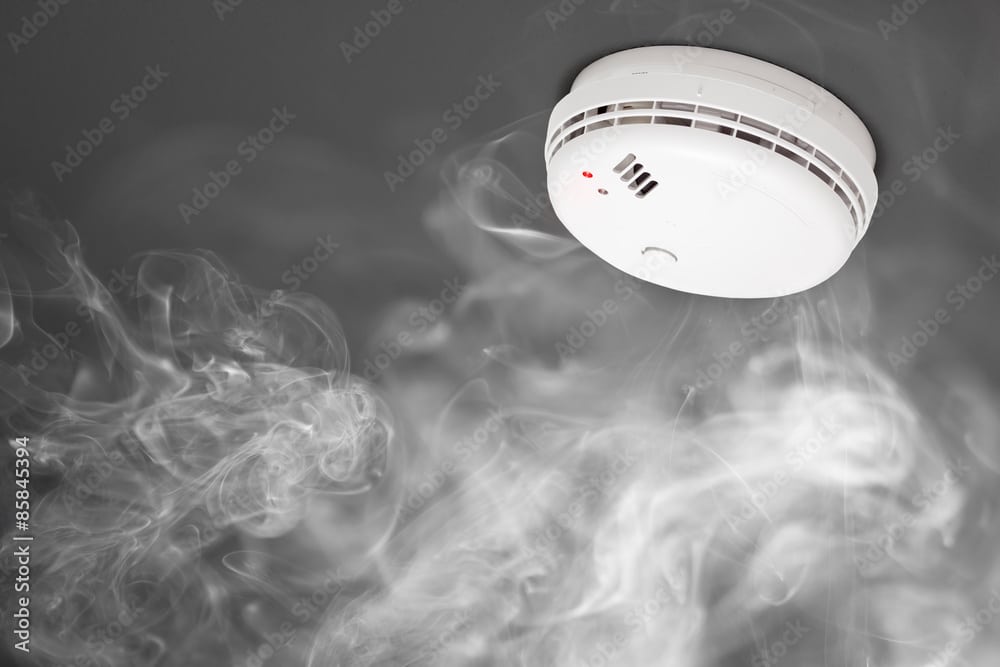Importance of Energy-Efficient Smoke Alarms
A smoke alarm is a critical safety device for any home. Yet, an often-overlooked aspect of these life-saving devices is their energy efficiency. Choosing energy-efficient alarms not only ensures your home’s safety, but also decreases your environmental footprint and reduces energy costs. Energy-efficient smoke alarms can be left operational for extended periods without draining excessive power, providing peace of mind for both your family’s safety and your energy usage.
Types of Energy-Efficient Smoke Alarms
There are two main types of energy-efficient smoke alarms: ionisation and photoelectric. Ionisation alarms are quick to respond to flaming fires, while photoelectric alarms react faster to smouldering fires. Each type has its own energy consumption specifications, hence, your choice should weigh the fire-risk profile of your home against their energy performance. However, it’s worthy to note that the Queensland Government recommends photoelectric alarms as they provide robust detection across a wider range of fires.

Considerations for Choosing Energy-Efficient Smoke Alarms
When choosing a smoke alarm, it’s crucial to consider not only its energy consumption but also its effectiveness and reliability. The best approach to choosing an energy-efficient alarm is to prioritise alarms that meet the Australian Standard AS 3786-2014, which balances performance efficiency with energy consumption.
Ensure the alarm has a long battery life expectancy. This means less frequent battery replacements, resulting in less waste and a more energy-efficient alarm overall. Newer models of smoke alarms feature 10-year lithium batteries, which prove to be cost-effective in the long run.
Features to Look for in Energy-Efficient Smoke Alarms
Modern smoke alarms come with a variety of features that enhance their energy efficiency. Look for alarms that come with a hush button. This allows you to silence the alarm quickly in case of a false alarm, saving energy.
Another feature to consider is compatibility with smart home systems. Certain energy-efficient smoke alarms can communicate with your home automation system, allowing you to monitor their status remotely. This not only enhances your home’s security but helps you manage the energy consumption of your devices better.
Installation Tips for Energy-Efficient Smoke Alarms
Appropriate installation is crucial in maximising the effectiveness and energy efficiency of smoke alarms. According to JIT Electrical, a certified electrician should ideally install your smoke alarms to ensure they function optimally.
In accordance with the Queensland Fire and Emergency Services, smoke alarms should be installed on the ceiling, between each bedroom, and in the path of travel to exit the house. An improperly installed smoke alarm can cause false alarms, draining the battery unnecessarily and compromising the alarm’s energy efficiency.
Maintenance and Testing of Energy-Efficient Smoke Alarms
Regular maintenance and testing are necessary to ensure smoke alarms function effectively and maintain their energy efficiency. This involves cleaning the alarm regularly to prevent dust build-up, which can trigger false alarms and drain the battery.
Test the alarm monthly by pressing the test button and replace the batteries annually unless your device uses a long-life battery. Remember, a properly maintained smoke alarm will not only keep your house safe but will also consume less power.
Resources for Finding Energy-Efficient Smoke Alarms
When it comes to purchasing an energy-efficient smoke alarm, resources such as Choice provide comprehensive buying guides. They evaluate efficiency, performance, and ease of use, assisting you in making an informed decision.
In conclusion, achieving safety and energy efficiency within your home is a balanced act of choosing the right type of smoke alarm, considering its features and energy usage, ensuring proper installation, committing to regular maintenance, and using reliable resources in your purchasing journey.



